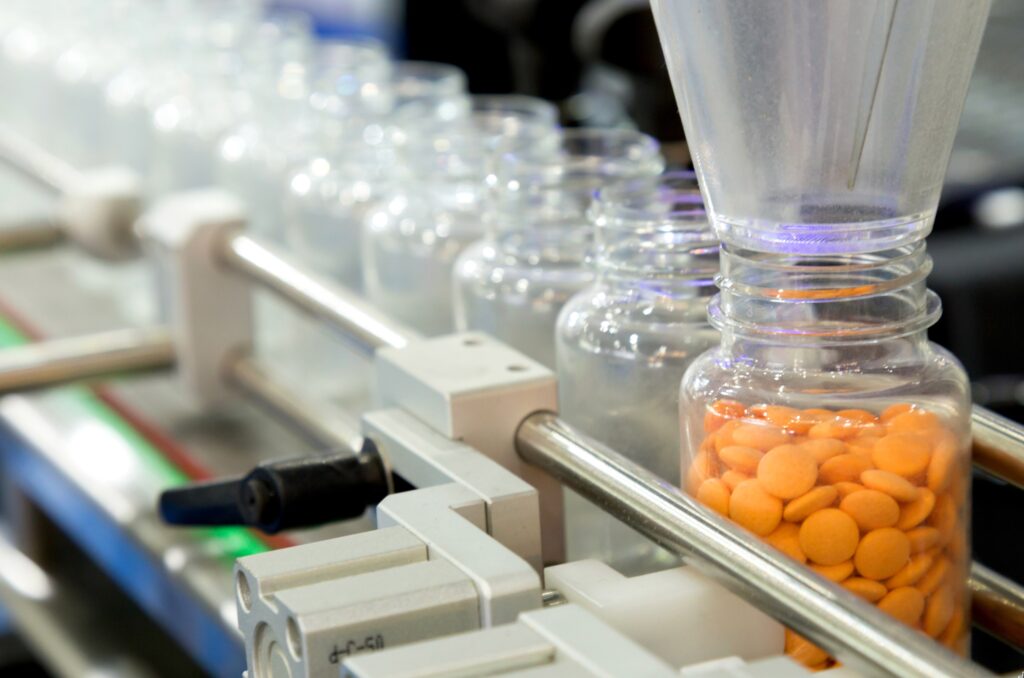The pharmaceutical industry stands at the intersection of health, innovation, and stringent regulatory requirements. A key area of interest in recent times has been pharmaceutical coating operations. Beyond ensuring the aesthetics and functionality of a pill or capsule, coating processes play a significant role in drug release mechanisms.
To meet the highest standards of safety and efficacy, solvent recovery systems have become indispensable in these operations. Let’s delve deeper into this intricate dance between solvent recovery, pharmaceutical coatings, and regulatory compliance.
A Brief Overview: Pharmaceutical Coating Operations
Pharmaceutical coatings provide multiple benefits:
- Masking bitter tastes and odors.
- Offering protection from stomach acids.
- Ensuring controlled drug release.
However, the solvents used in these processes pose both environmental and health risks if not managed properly. Thus, the role of solvent recovery systems is vital. The coating process, while intricate, requires precision and consistency to ensure therapeutic efficacy.
Various technologies, from traditional pan coatings to more advanced fluidized bed techniques, have evolved to meet these demands. Additionally, with the growing emphasis on personalized medicine, coating operations are adapting to address patient-centric needs.
Solvent Recovery Systems Explained
Simply put, a solvent recovery system is a tool that captures and recycles solvents used in pharmaceutical manufacturing processes. They operate on a principle of distillation or adsorption to separate solvents from other waste products. With the ever-increasing focus on sustainability, these systems have become a cornerstone in minimizing wastage and reducing the carbon footprint of pharmaceutical operations.
As the pharmaceutical industry continues to evolve, there’s a concerted push to optimize these recovery systems for better performance and reduced energy consumption. Tailoring these systems to specific solvents and manufacturing processes also ensures the highest level of recovery and operational efficiency.
Advantages Of Solvent Recovery Systems In Pharmaceutical Operations
- Economic Gains: Recovered solvents can be reused, resulting in significant cost savings.
- Environmental Benefits: Reduced solvent emissions lead to decreased environmental pollution.
- Safety Boost: Reduced solvent handling decreases the risk of fires and exposure to hazardous materials.
Meeting The Bar: Regulatory Standards And Compliance
It’s no secret that the pharmaceutical industry is stringently regulated. Organizations like the FDA, EMA, and WHO have laid down clear guidelines concerning solvent residues in drug products. These guidelines are designed not only to safeguard the health of the end users but also to protect the environment from potential contamination.
With a growing global emphasis on sustainability, regulatory bodies are continually updating and refining standards to reflect best practices. The onus is therefore on pharmaceutical companies to stay updated, ensuring that their operations remain compliant and that they uphold the trust placed in them by the public.
How Solvent Recovery Systems Help
- Limiting Residues: Ensuring the solvent residues in the final product are within acceptable limits.
- Reducing Emissions: Lowering solvent emissions to the environment and meeting air quality standards.
- Improving Worker Safety: By controlling solvent exposure, the working environment becomes safer.
A Glimpse Into The Future: Advanced Solvent Recovery Techniques
Innovative methods, such as supercritical fluid extraction and membrane separation, are on the horizon. With a keen eye on efficiency and compliance, the future of solvent recovery seems promising. These new techniques are not only paving the way for increased solvent recovery rates but are also introducing greener and more sustainable processes.
The integration of automation and artificial intelligence in these systems might soon provide real-time monitoring and adjustments, leading to optimized performance. As the global pharmaceutical industry races towards a more sustainable future, these innovations are setting the stage for an eco-friendly and efficient paradigm shift.
Comparing Traditional And Advanced Systems
While traditional solvent recovery systems have served us well, newer techniques offer:
- Higher Efficiency: Potentially above the current 95% recovery rate.
- Reduced Energy Consumption: Making the process more sustainable.
- Greater Flexibility: Adapting to a wider range of solvents and mixtures.
- The Domino Effect: Implications Of Solvent Recovery On Overall Manufacturing
One might wonder, “Why all this fuss about solvent recovery?” Well, beyond the immediate benefits, effective solvent recovery impacts the entire pharmaceutical manufacturing process. It ensures product consistency, boosts brand reputation, and promotes sustainability.
By streamlining solvent management, manufacturers can also enhance the efficiency of other linked processes, leading to a comprehensive improvement in overall productivity. Additionally, a robust solvent recovery system can provide insights into other areas of potential waste, driving the industry closer to a circular economy model.
Potential Challenges And Overcoming Them
No system is without its challenges. From initial investment costs to maintenance and troubleshooting, solvent recovery systems demand attention. Yet, the rapid pace of technological advancements means that these systems, while initially complex, are becoming more user-friendly and adaptive.
Embracing continuous learning and seeking feedback from operators on the ground can lead to iterative improvements, ensuring these systems remain both cutting-edge and practical.
FAQs About Solvent Recovery In Pharmaceutical Coating
Why are solvents used in pharmaceutical coatings?
Solvents facilitate the application of coatings by dissolving or dispersing the coating material, ensuring a smooth and even coat.
Which solvents are typically recovered?
Commonly recovered solvents include acetone, ethyl acetate, and isopropanol, among others.
What are the environmental benefits of solvent recovery systems?
These systems significantly reduce solvent emissions, contributing to cleaner air and reducing the pharmaceutical industry’s carbon footprint.
How often should solvent recovery systems undergo maintenance?
Regular maintenance is crucial, but the frequency largely depends on usage patterns and specific system guidelines. Typically, preventive maintenance checks every few months are recommended.
Are there alternative methods in the pipeline for solvent recovery?
Yes, ongoing research is focused on developing more efficient and eco-friendly methods, such as supercritical fluid extraction and membrane separation, which are set to revolutionize the solvent recovery process.
Wrapping Up: The Symbiosis Of Compliance And Efficiency
In a world where compliance is non-negotiable and efficiency is coveted, solvent recovery systems stand as a testament to the pharmaceutical industry’s commitment to excellence. They bridge the gap between regulatory mandates and operational efficiency, ensuring that the medicines we rely on are both safe and sustainably produced.
By embracing advanced technologies and adhering to best practices, pharmaceutical coating operations can meet and exceed global standards. In doing so, they not only protect end-users but also contribute to a healthier planet and a robust bottom line.


